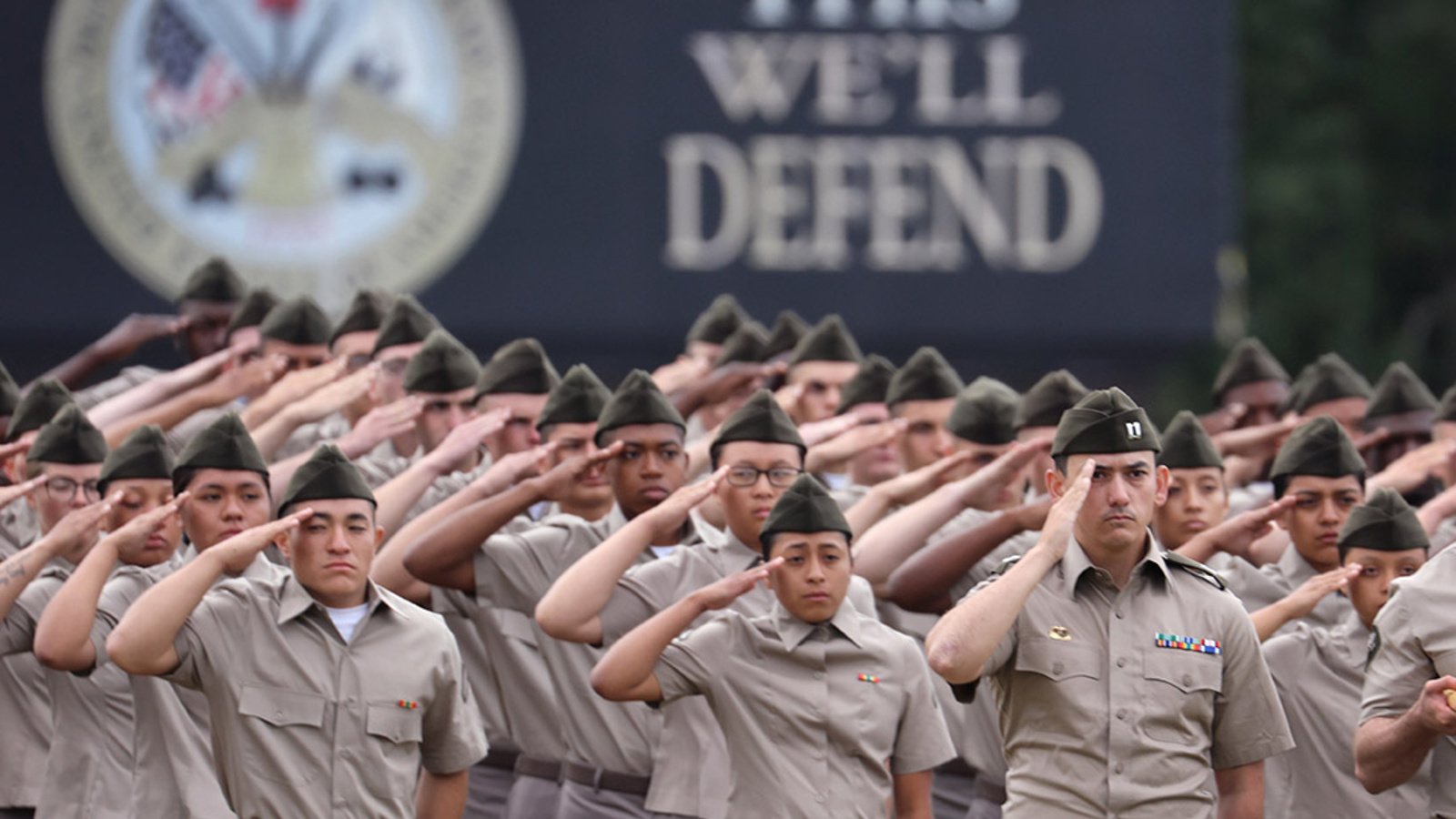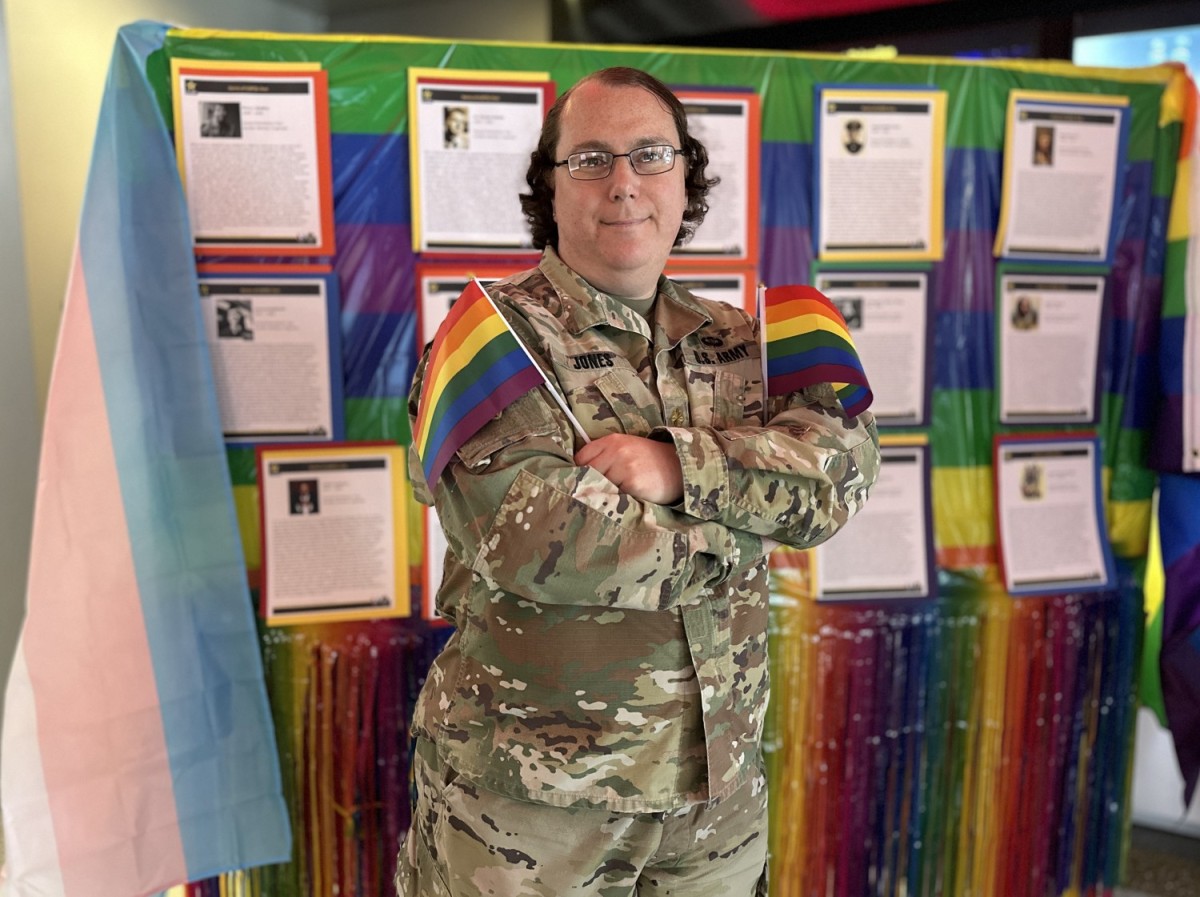Here's an article published on Bloomberg this morning by James Stavridis, retired U.S. Navy admiral and former supreme allied commander of NATO.
By
James Stavridis
July 4, 2023 at 8:00 AM EDT
5:23
America’s armed services are failing to meet their recruiting goals, with the Army in particular suffering the
worst shortfalls in five decades. There are many reasons behind this, but one is very surprising: veterans themselves.
Recent
reporting and anecdotal evidence indicate the likelihood that children of service members will sign up, or be urged to do so by their families, is at a nadir. Given that 80% of new recruits have a relative who served in uniform, there is no understating the crisis.
When I came out of high school in 1972, the draft had just ended and America was embarking on a great experiment: an all-volunteer force. As someone who grew up in the military (my father was a career infantry officer in the Marines, retiring as a colonel in 1970 after distinguished combat in Korea and Vietnam), following the family trade was a foregone conclusion. But as I entered the Naval Academy on a hot summer’s day half a century ago, it was entirely unclear if the volunteer force would succeed.
After a bumpy post-draft period, the military was rejuvenated under President Ronald Reagan in early 1980s, becoming the highly successful force that fought the nation’s battles from Panama to the Persian Gulf. Yet the foundations of that all-volunteer military feel shakier than they have for decades. What can the Pentagon do about it?
The first step is to understand why recruiting is down. The biggest factor is probably today’s very strong civilian job market. In so many ways, life is “compared to what?” If someone can make a starter wage of $20-plus an hour, perhaps with a decent healthcare plan and a 401K, it is simply much harder to convince them to shave their head, report to a steaming Parris Island boot camp, meet rigorous physical standards, get up before dawn every day, and prepare for long separations from their friends and family, often in risky conditions.
Another factor, counterintuitively to many, is the withdrawal of the US from large-scale, active war. Some young people have always been drawn to what they see as the enormous life-test of combat, as well as the adventure of deploying to distant lands. The dispiriting images of the chaotic withdrawal from Afghanistan in 2021 shattered that image for many.
Additionally, the bar to get into the military is high. Only 25% of the nation’s youth can meet the standards: a high school diploma or equivalent; reasonably high standardized test scores; physical fitness; no drug use or arrest record; mental stability. The Pentagon is competing with universities and the private sector for a small segment of each year’s high-school graduates. It didn’t help that recruiters were unable to go onto campuses for two years during the Covid pandemic.
Additionally, the right-wing media hypes and
decries the supposedly “woke” activities of the armed forces. Many critics on the left characterized the missions in Iraq and Afghanistan as imperialistic misadventures. Neither of those narratives is accurate, but they have a discouraging effect on recruiting.
Finally, the growing sense of political division across the nation is diminishing the young person’s faith in America. This may be the most disturbing factor of all, and the one that ultimately defeats the all-volunteer force. The respect for the military overall, still atop the list of the country’s institutions, has been dropping sharply. Fewer than half of Americans now say they
“trust” the armed forces, down from 70% just five years ago.
The Pentagon needs to reverse these trends or there will be grave risk to national security in an era of great-power competition. Fortunately, planning and executing complex campaigns is something the Department of Defense is very good at.
First, just as any good company knows when it needs to focus on marketing and advertising in the face of falling market share, the military must send its brightest and most impressive personnel to lead recruiting efforts; provide additional resources to generate leads (
artificial intelligence can perhaps help); re-tailor marketing campaigns to appeal directly to the most promising and untapped communities; assign inspirational two-star generals and admirals to lead the services’ recruiting commands; and provide incentives for success — give the most successful recruiters the choice of their next assignment, for example.
As for quality-of-life criticisms: Barracks need to be spotless and well run; food in the chow halls must be plentiful and reflective of new trends and appetites; medical treatment has to be first-rate; and pay/benefit packages must more than keep pace with inflation. (Fortunately, Congress just approved a 5% pay raise, the biggest in two decades).
The Pentagon could also broaden the recruiting base in innovative ways. During my career, many of the best sailors I encountered were from the Philippines, who had been convinced to join the Navy as a path to citizenship. There were strong historical reasons for that program — including the pre-World War II colonial relationship, not America’s finest hour. It’s time to think about a broader program along those lines, perhaps looking to Central and South America.
Above all, we as a nation we need to do more to encourage the idea of service. A pledge to honor the Constitution rises above the rancor and bitter divisions in the country — something America’s veterans know but seem to be less willing or able to instill in their children. On this Independence Day especially, we need to thank our troops for their sacrifice, sincerely and continuously. America’s security in a dangerous world depends on it.


